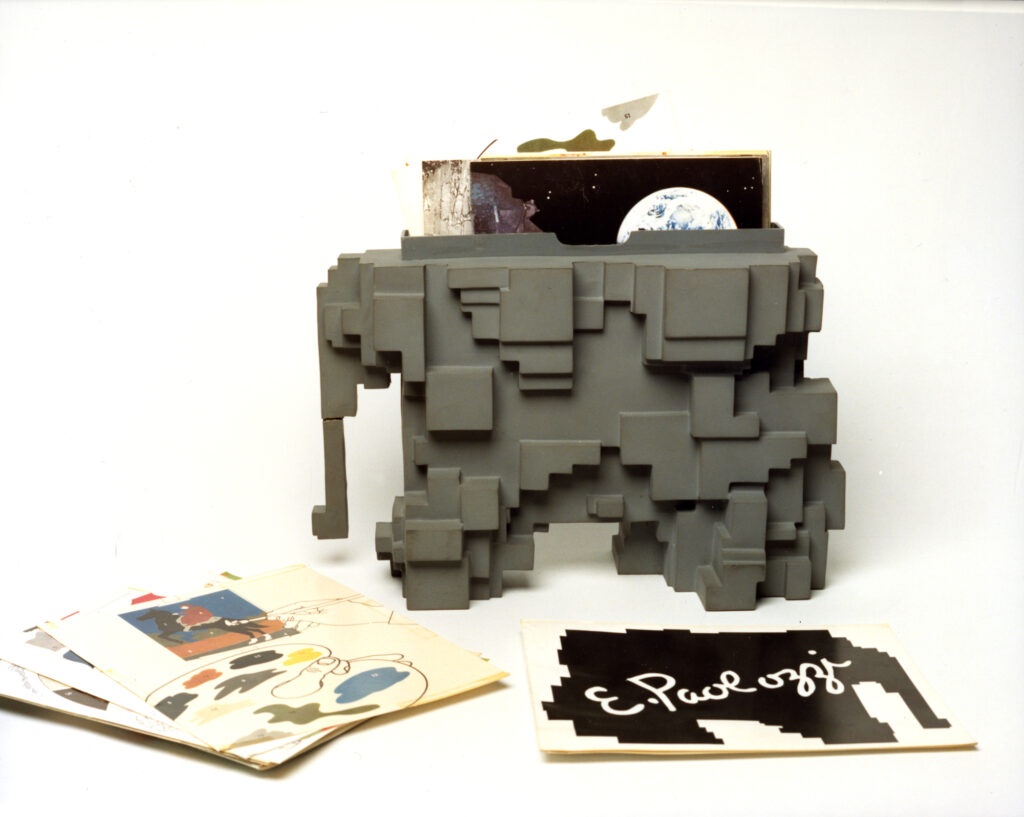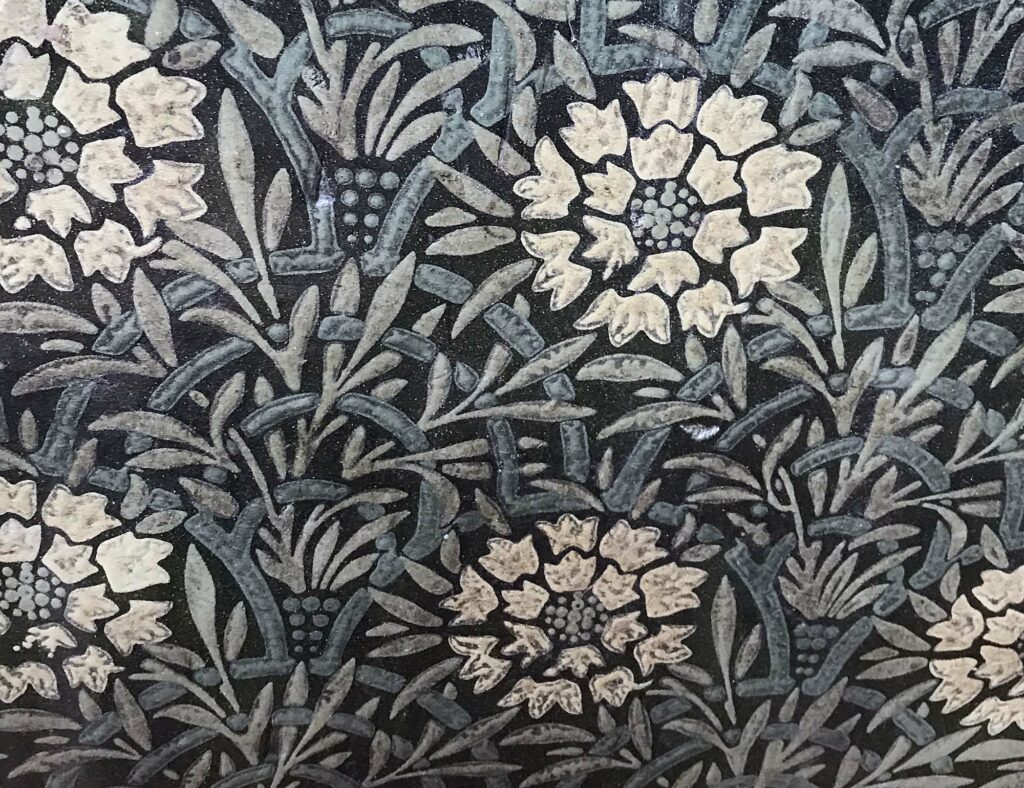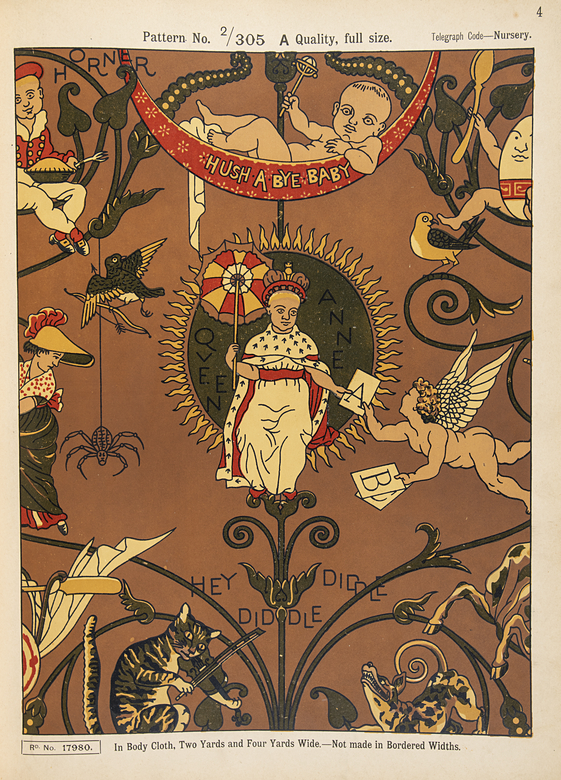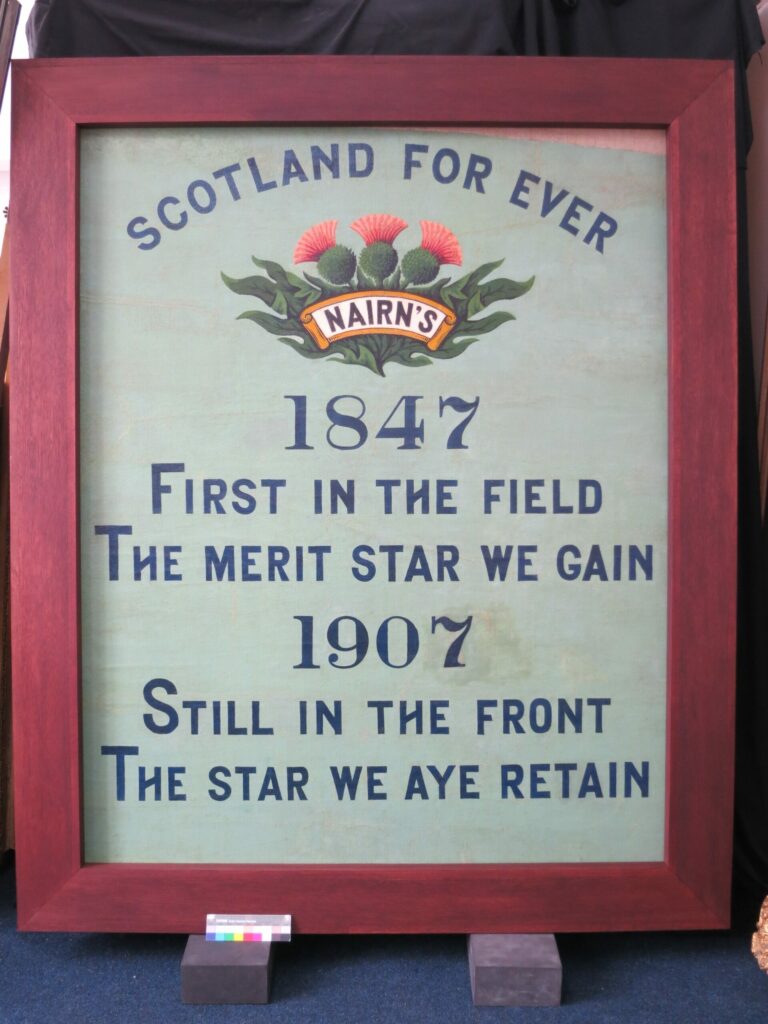Iconic image of liner goes from pub wall to floor show
A striking image that was the toast of regulars at a St Andrews pub for decades is to resurface elsewhere in the town.
The linoleum mosaic of the celebrated ocean liner Queen Elizabeth – which adorned the former Britannia Hotel – features in an upcoming exhibition at St Andrews Museum.
Its pleasing lines, having once perked up the South Street hostelry’s bar, will now star in a show that celebrates Fife’s success as a global centre for linoleum production.
The handmade picture – most likely created in Fife between 1945 and 1960 – is one of many highlights in Flooring the World, which runs from 16 March to 1 September.
Exhibition curator Lily Barnes suspects the mosaic, which depicts the Clyde-built ship mid-Atlantic en route to New York, is based on a postcard or cigarette card.
The mosaic is one of two objects in the St Andrews show that did not feature in the exhibition’s previous run at Kirkcaldy Galleries. The other exhibit is a printing bench from the Kirkcaldy factory of floor covering manufacturer, Michael Nairn & Co.
Flooring the World showcases a fascinating array of objects linked to one of Scotland’s most enduring industrial success stories.
Displays feature products made in Kirkcaldy – and the villages of Falkland and Newburgh – which floored millions of homes, offices and public buildings at home and abroad.
Exhibits include one of the few surviving examples of linoleum created by the Victorian designer William Morris. The marigold-patterned print was Morris’s only linoleum design.
Also on show is a quirky miniature elephant, created by the influential sculptor Eduardo Paolozzi in the 1970s as part of a marketing campaign to boost linoleum sales.
A further attraction is a piece of congoleum – a felt-backed budget version of linoleum – which covered the hall of Paul McCartney’s childhood home in Liverpool.
Among the many exhibits being displayed for the first time are photographs, pattern books, catalogues, samples and workers’ tools.
Linoleum, and its many variants, has been dubbed the most ubiquitous and democratic of floor coverings, bought by customers across the social spectrum.
The industry employed one in 10 of Kirkcaldy’s population at its peak in 1914 but, with consumers increasingly choosing vinyl flooring or carpets, just one factory was left by 1963.
The sole remaining factory – built by Kirkcaldy’s first floor covering manufacturer, Michael Nairn & Co – is still operational today and owned by international flooring company, Forbo.
The Swiss-based company recently gifted its historical archive, which dates back to Nairn’s foundation in 1847, to the cultural charity OnFife, which runs the region’s museums service.
Exhibition curator Lily Barnes said: “Linoleum is an integral part of Fife’s history, and we are so excited to be able to share this story in St Andrews.”
This exhibition is the culmination of a two-year project that has been exploring the history of the Fife linoleum industry. It was funded by the Esmée Fairbairn Collections Fund, which is run by the Museums Association.





Ends
Notes to editors: OnFife is a registered charity and manages and operates theatres, libraries, museums and galleries and cultural partnerships on behalf of Fife Council for people living, working and visiting Fife. Further information can be found at www.onfife.com
Keep in touch and up to date with all things cultural in Fife and beyond at:
Twitter: @onfife @onfifelibraries @onfifemuseums
Facebook:
www.facebook.com/onfife/
www.facebook.com/onfifelibraries/
www.facebook.com/ONatDCLG/
www.facebook.com/kirkcaldygalleries/
www.facebook.com/onfifearchives/
Website: www.onfife.com
